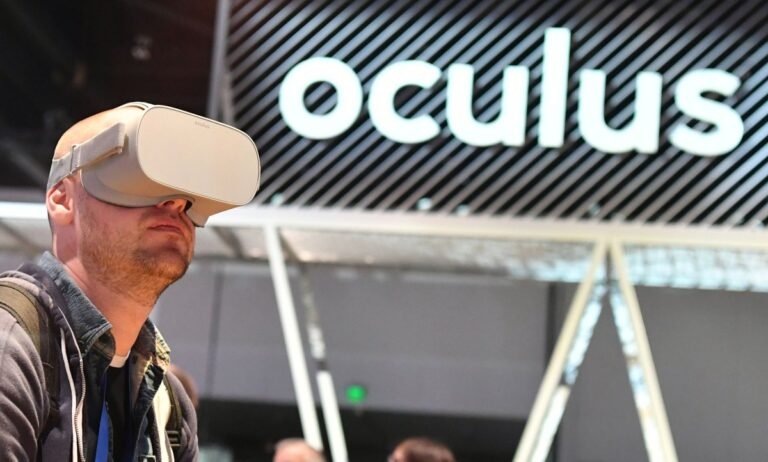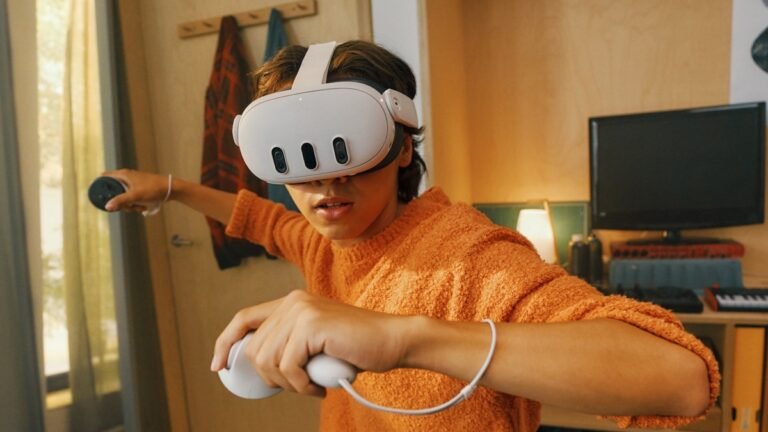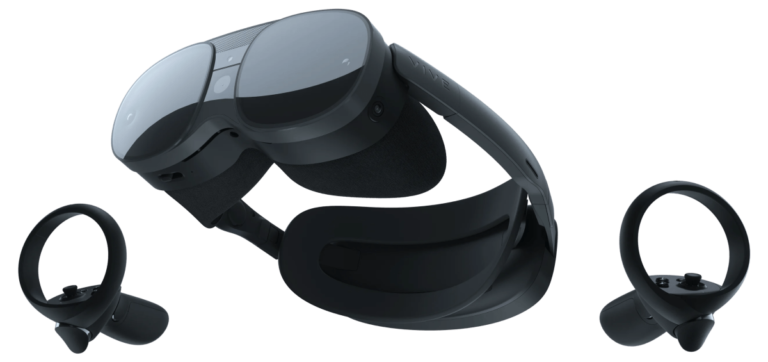
Monday’s announcement arrives on the heels of Meta prompting Quest users to confirm their age so it can provide teens and preteens with appropriate experiences.
Meta said it will launch it first in the 20 markets where it already supports Quest for Business, Meta’s workplace-focused $14.99/month subscription.
It’s not clear how ubiquitous VR use is in schools: one provider, ClassVR, claims that 40,000 classrooms worldwide are using its products.
And another big question mark will relate to the cost of buying headsets — Quest 3’s, the latest headsets, start at around $500 apiece for basic models — buying apps and then subsequently supporting all of that infrastructure.
Meta said that it has already donated Quest headsets to 15 universities in the U.S., but it’s not clear how far it will go to subsidise growth longer-term.

Oculus’ Rift prototype felt like just such a device when it first crossed my radar more than a decade ago.
“After games, we’re going to make Oculus a platform for many other experiences.
Should anyone doubt the company’s commitment to the concept, it rebranded itself as “Meta”, killing off the Oculus brand the same afternoon.
In spite of the $500 billion rebrand, Zuckerberg and co. never did a particularly good job defining the metaverse.
That’s roughly 21x the price it paid for Oculus, not adjusting for inflation.

Now, it appears Meta is using its Quest VR store to demonstrate how it thinks devices with app stores should approach online age verification.
Since it’s easy to lie about someone’s age when entering only a birthdate, Meta says it’ll require people who accidentally enter a wrong birthdate to verify with an ID or credit card.
Meta has previously told developers that, starting in March 2024, it will require them to identify their app’s intended age group (preteens, teens or adults).
It also announced the launch of its user age group APIs, which officially launched last month.
Meta first added parental supervision tools to its VR headset in 2022.

In May 2019, Ultrahaptics and Leap Motion became Ultraleap (not to be confused with Magic Leap, which operates in the same space).
“I think it’s a long-term vision for XR,” Carter said of the deal.
Founded by a pair of University of Bristol students three years after Leap Motion, Ultrahaptics harnesses ultrasound waves to create tactile feedback.
Much like the earlier Leap Motion product, it would be possible to mount a device to the front of the visor, but directionality is important.
The Leap Motion tech determines your hands’ orientation in space, while haptics provide tactile feedback when you come into contact with the virtual object.

A lot has changed at HTC in the decade since a small team broke off to form its mixed reality division.
These days, the mixed reality business comprises the “vast majority” of HTC’s global business, says Dan O’Brien.
Ultimately, however, the consumer business has shrunk dramatically relative to its enterprise offerings.
In recent years, Vive has expanded from a VR focus to mixed reality, utilizing passthrough technology similar to the kind found on the Vision Pro.
We’re not there yet, but we definitely see that helping to develop the virtual reality space.








